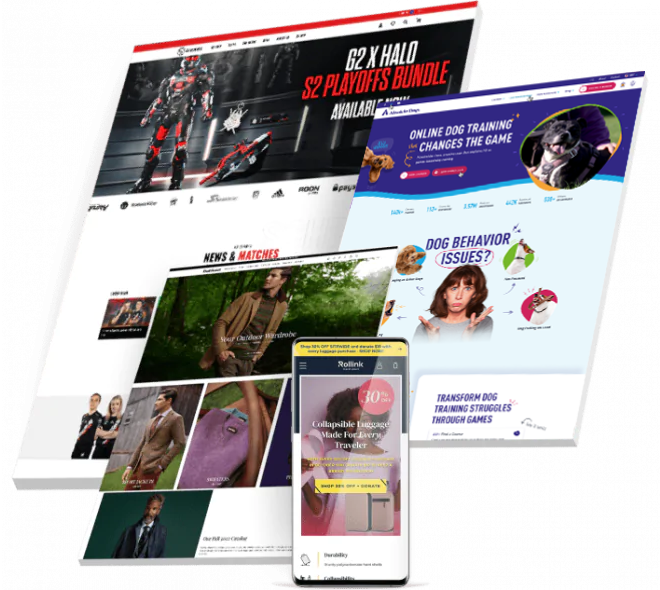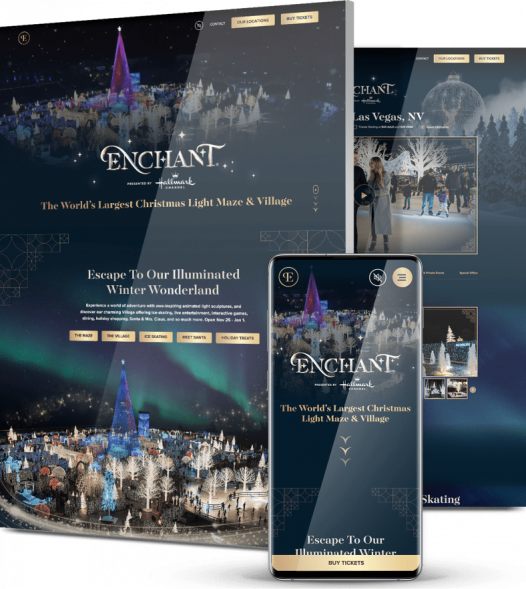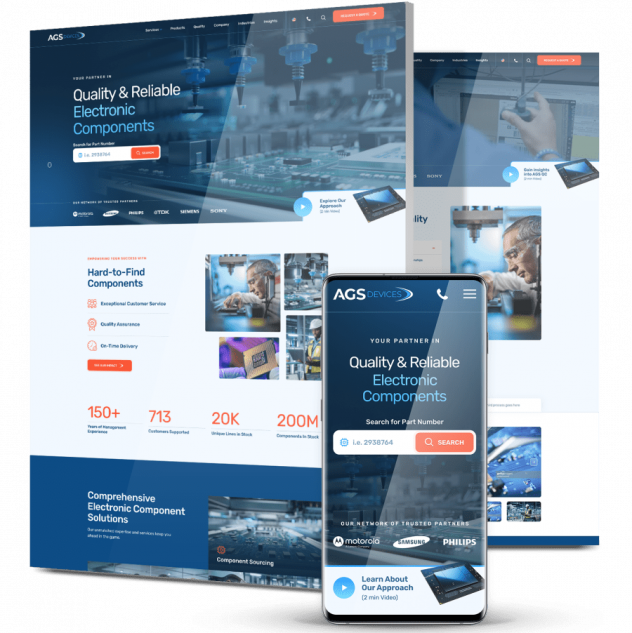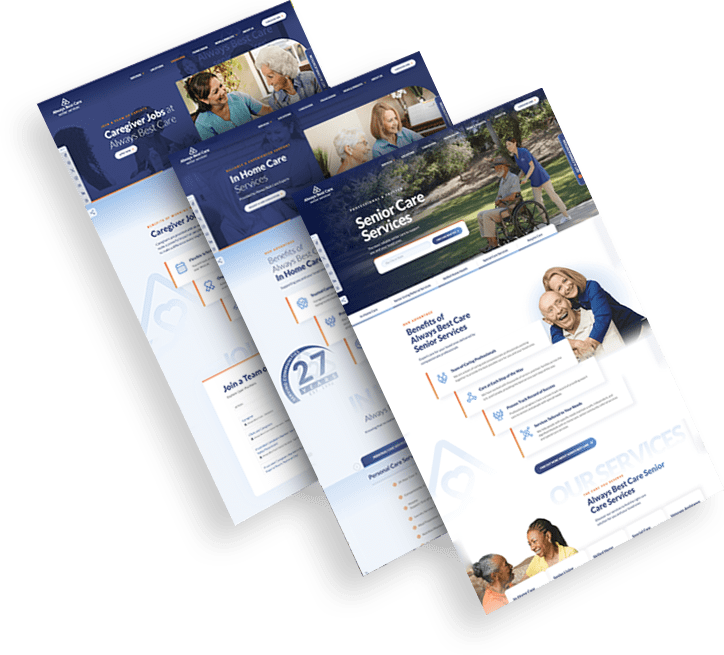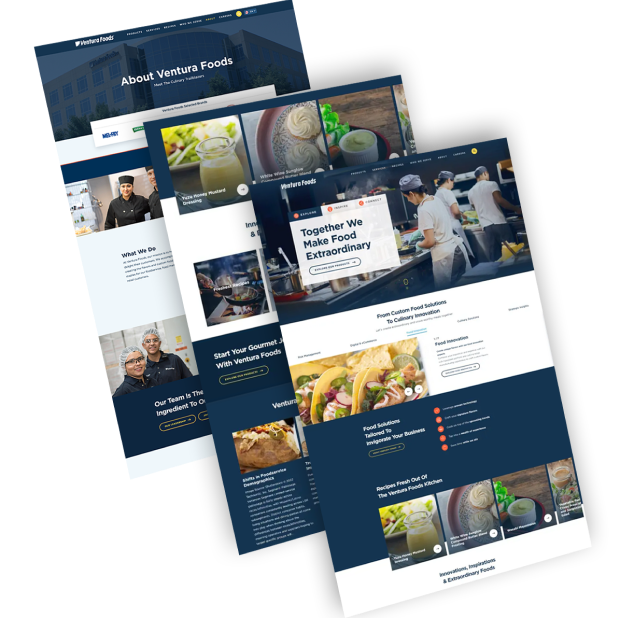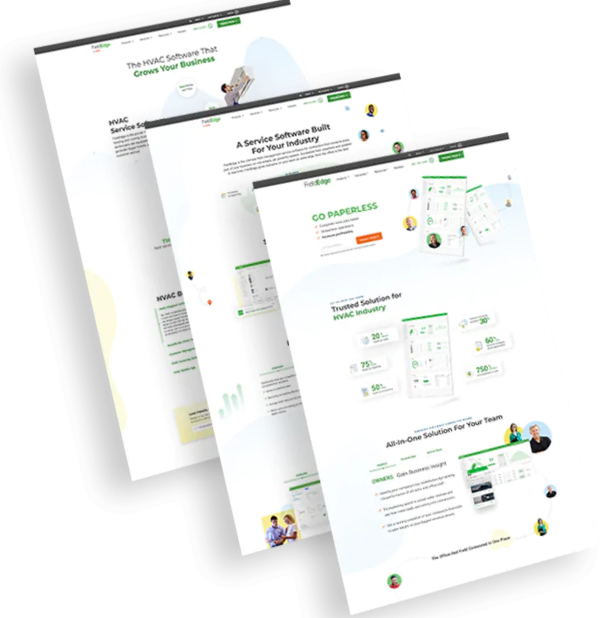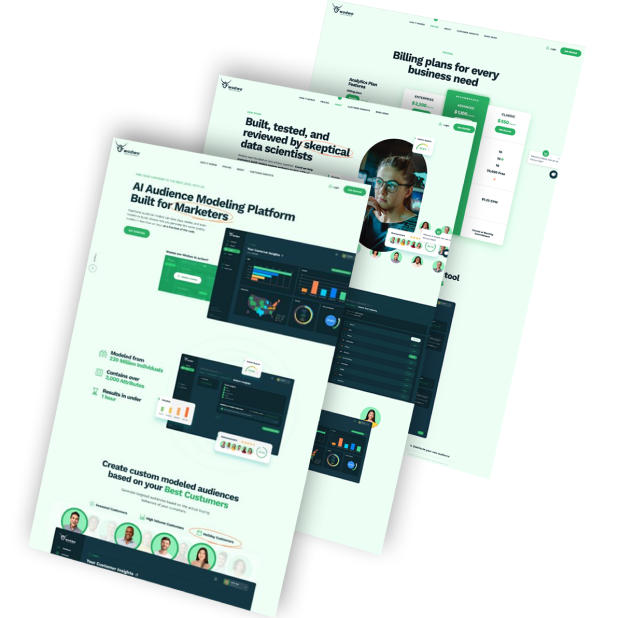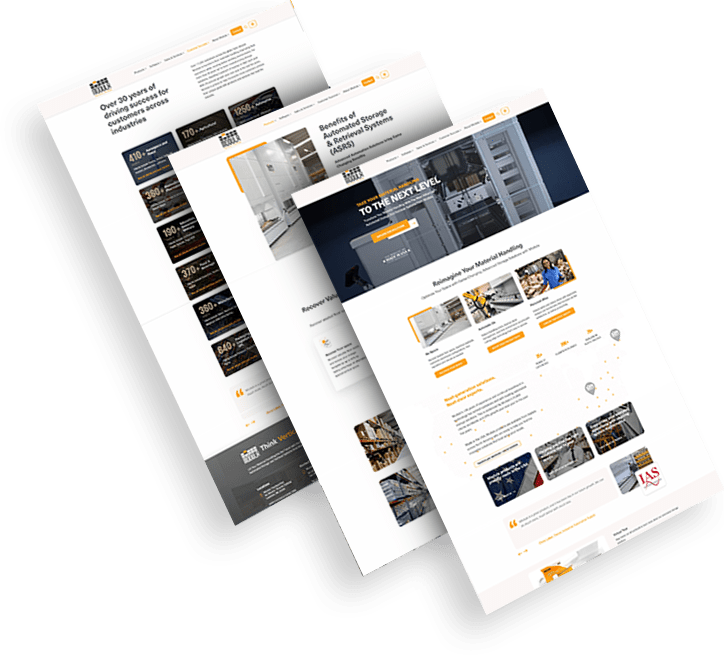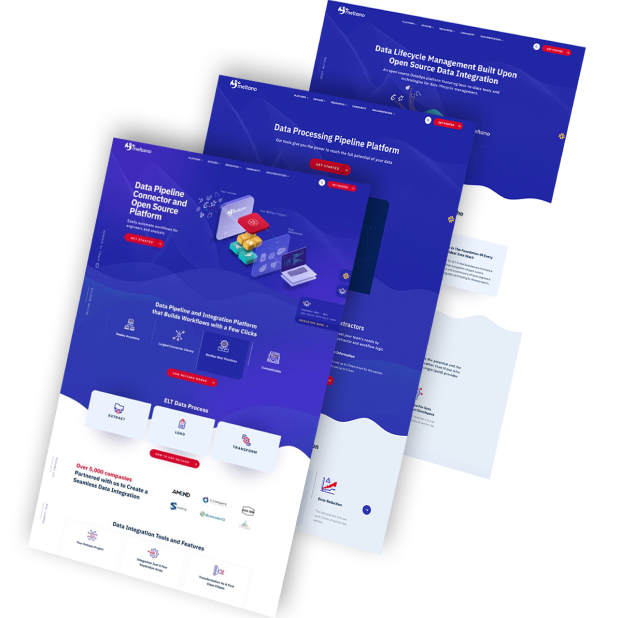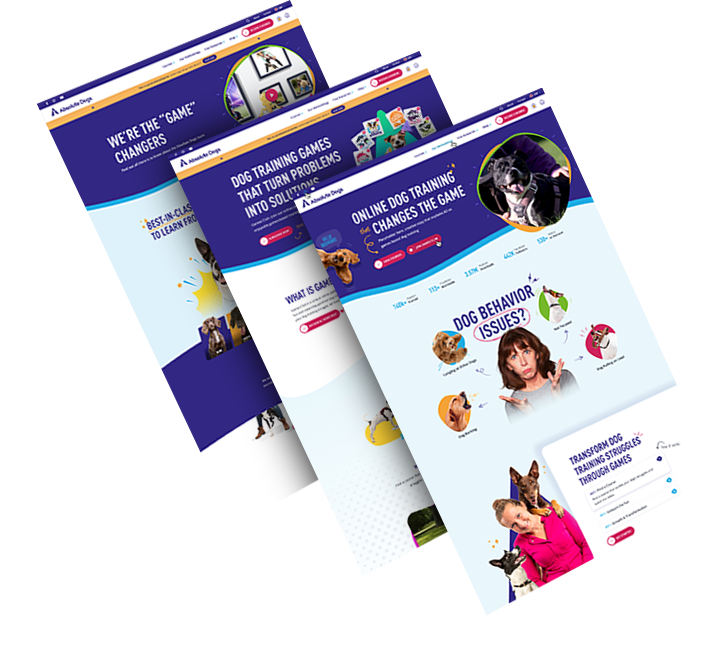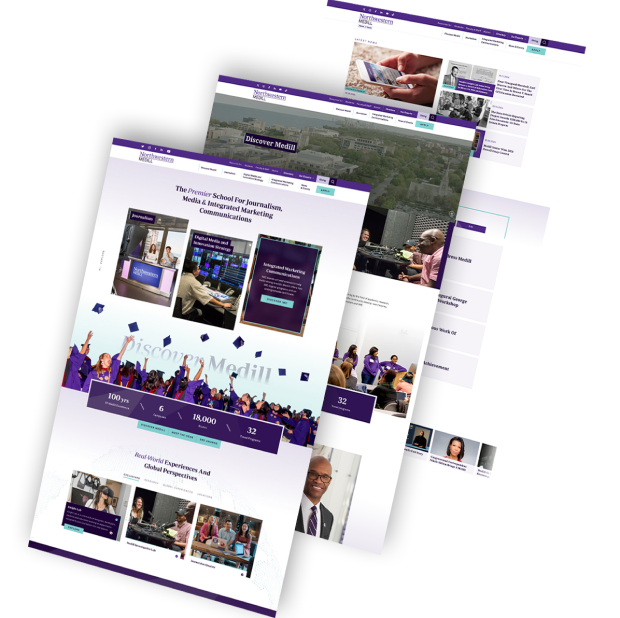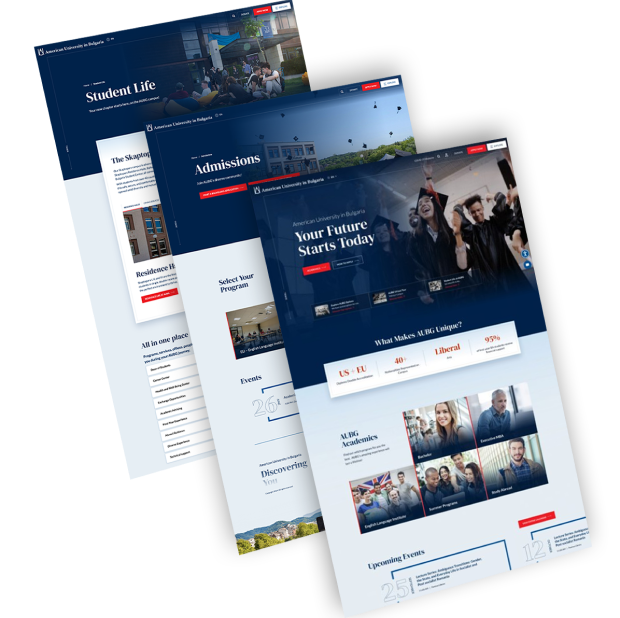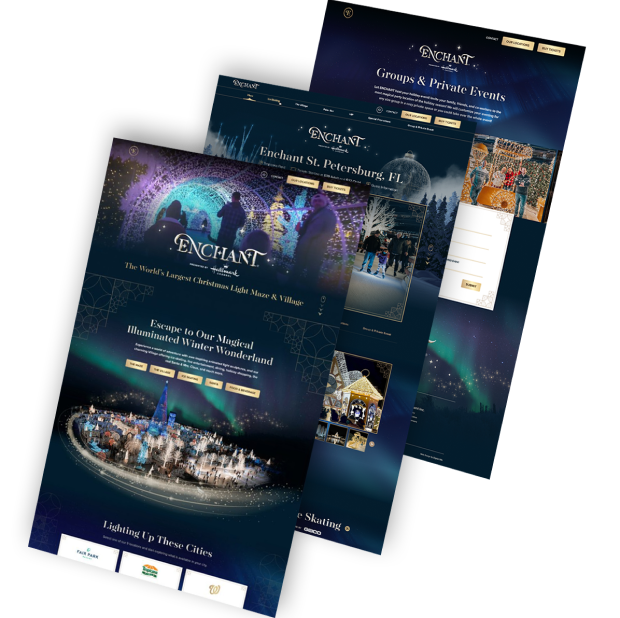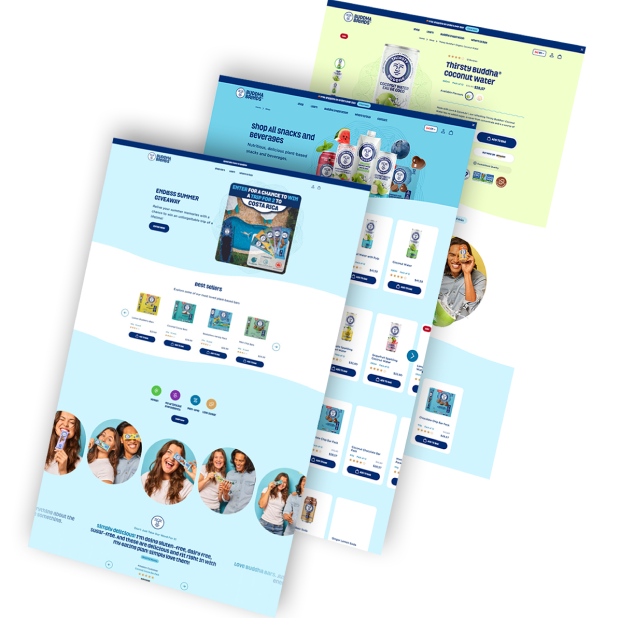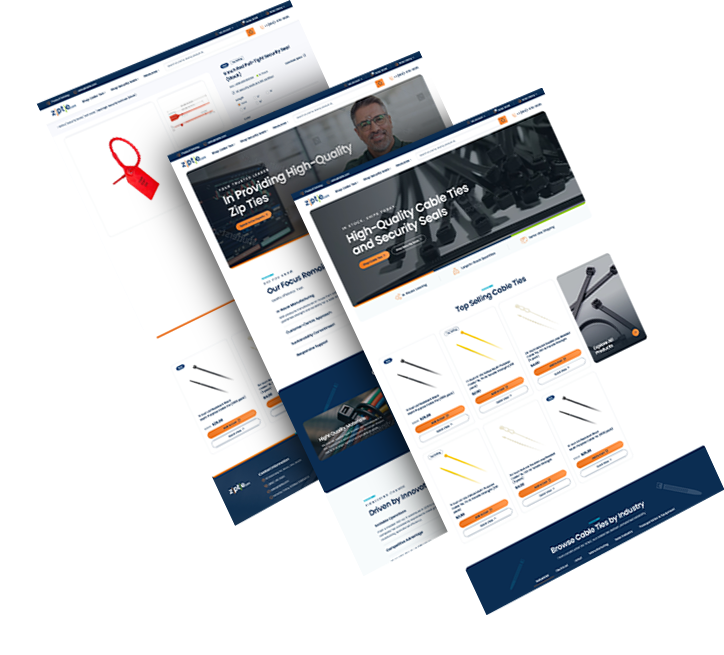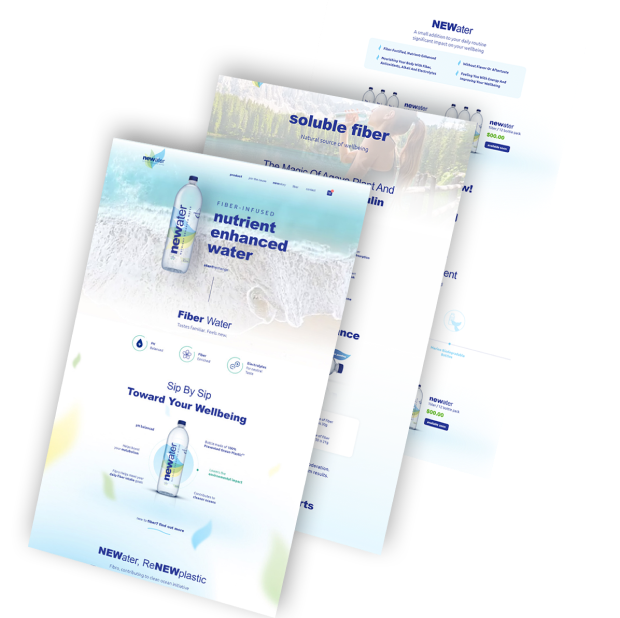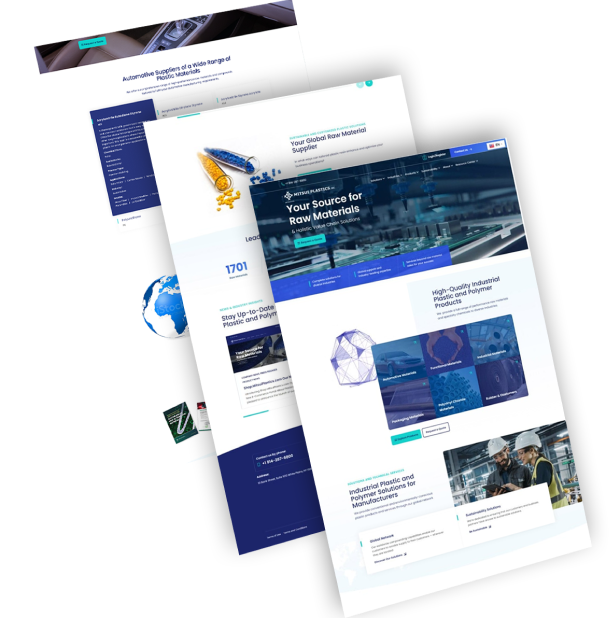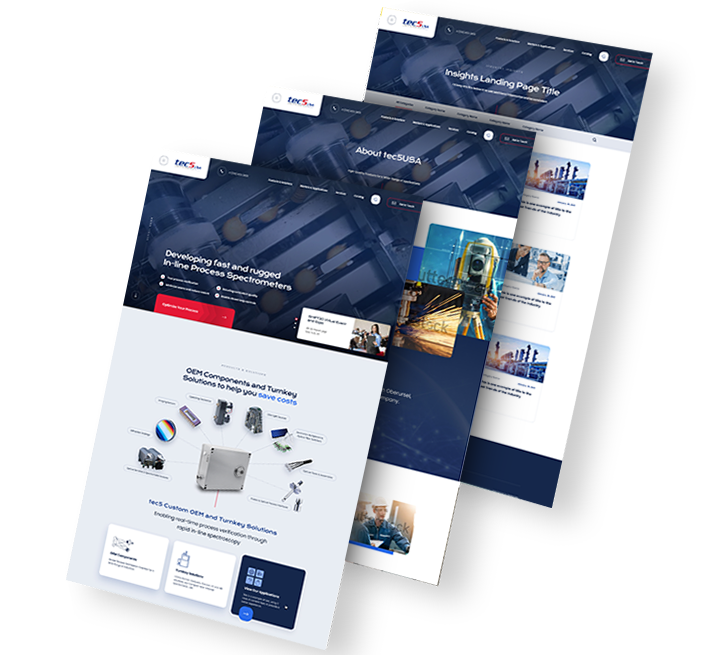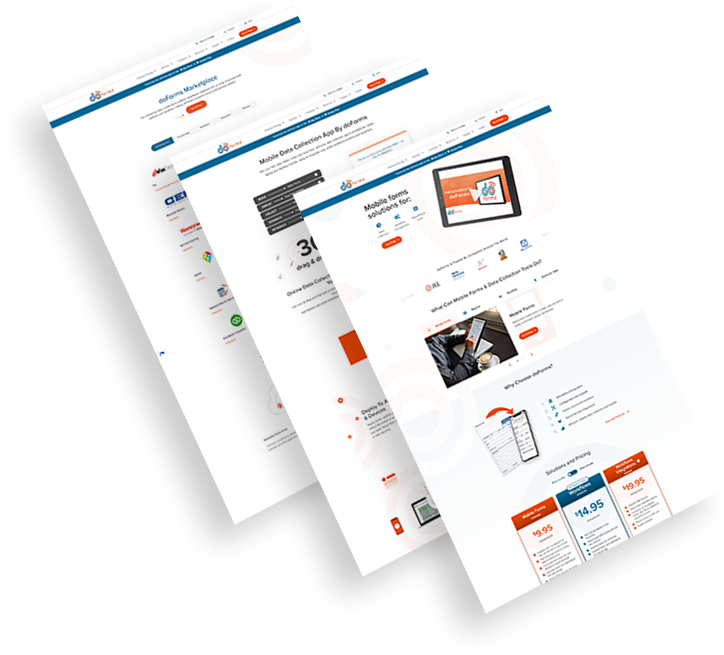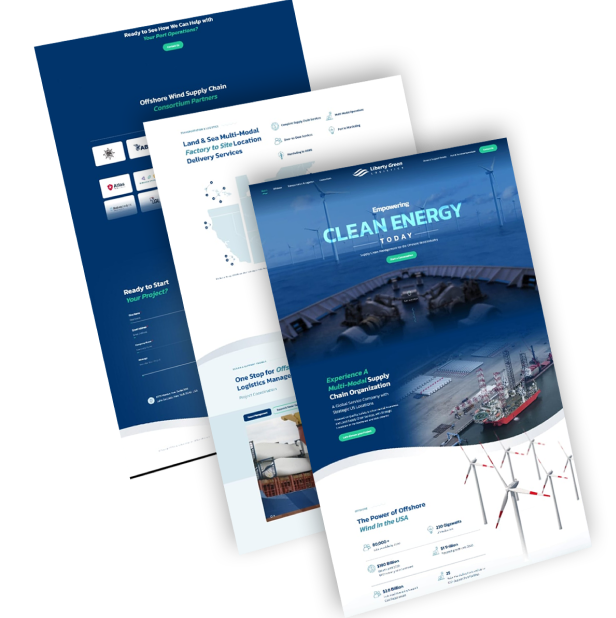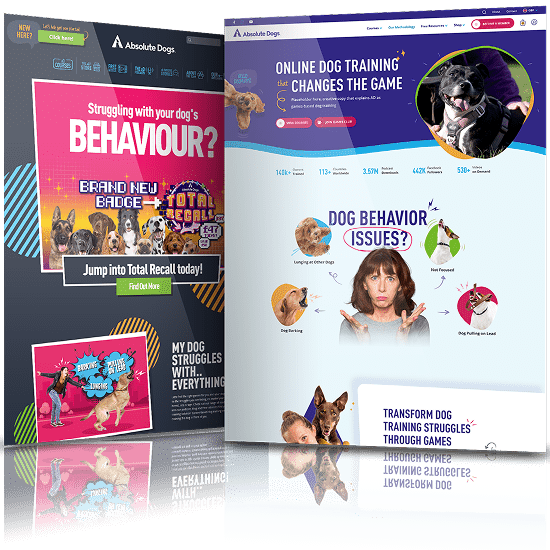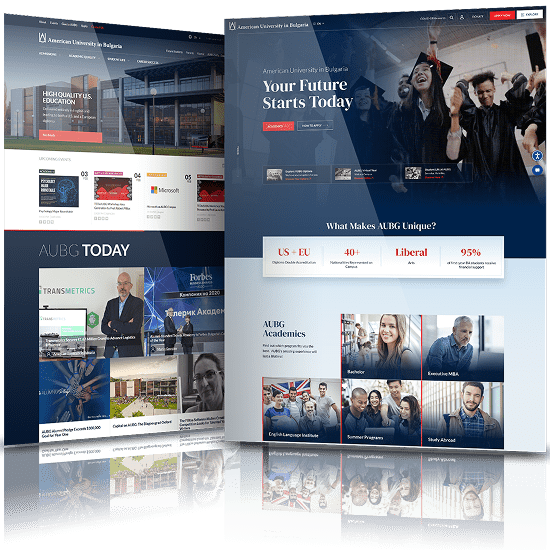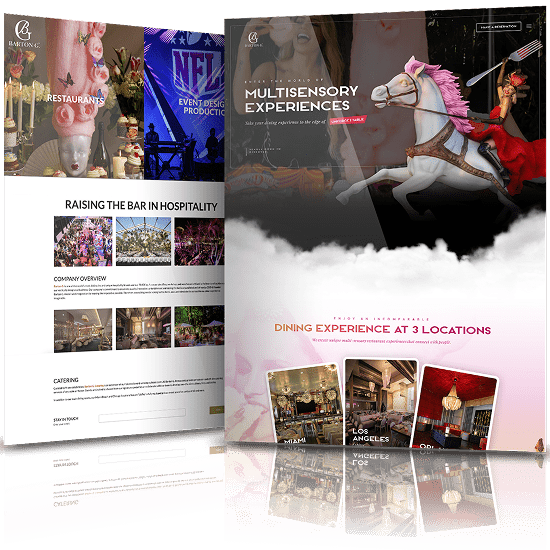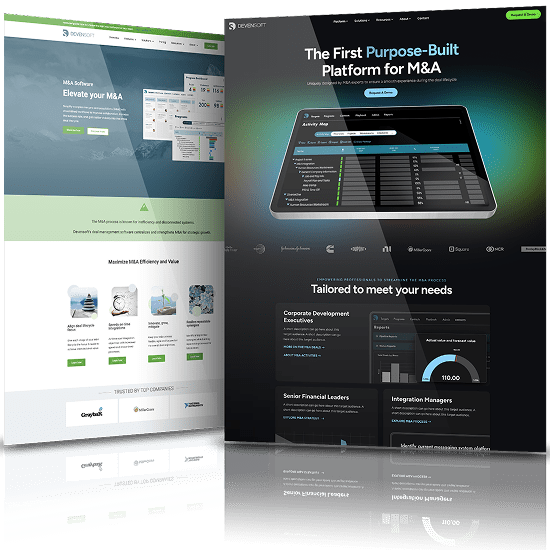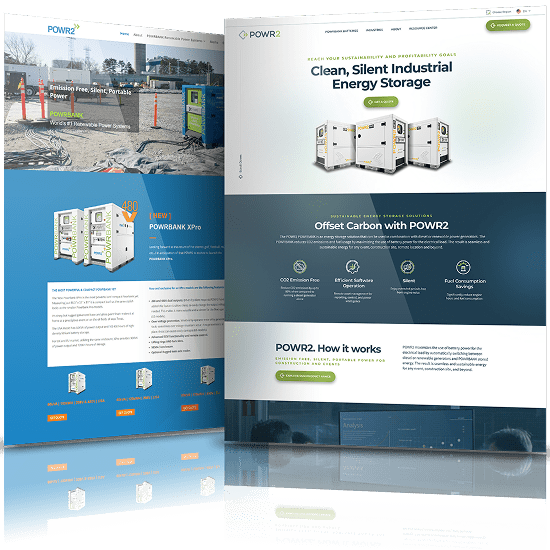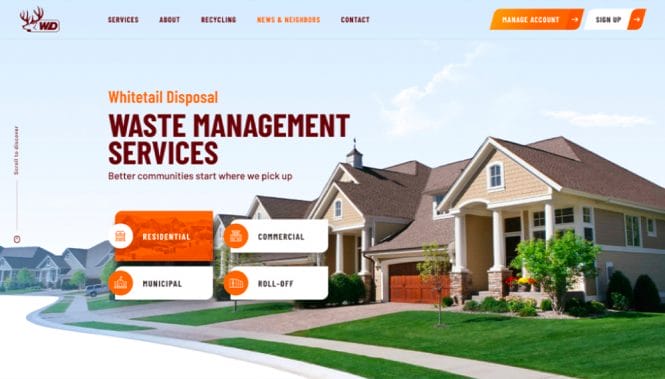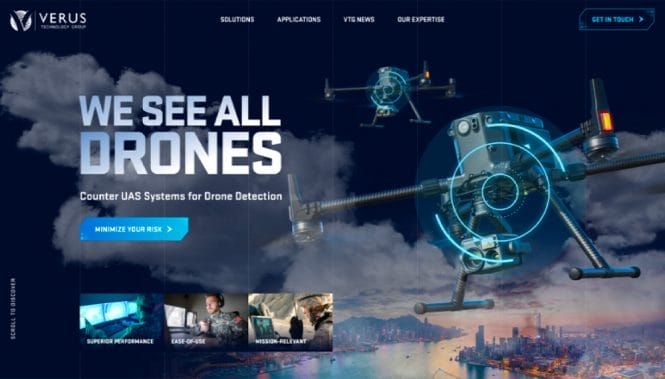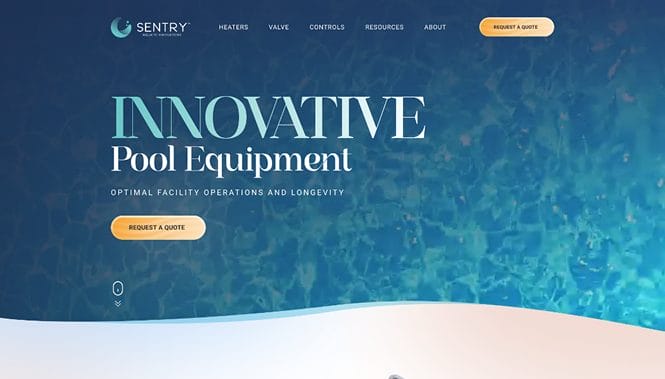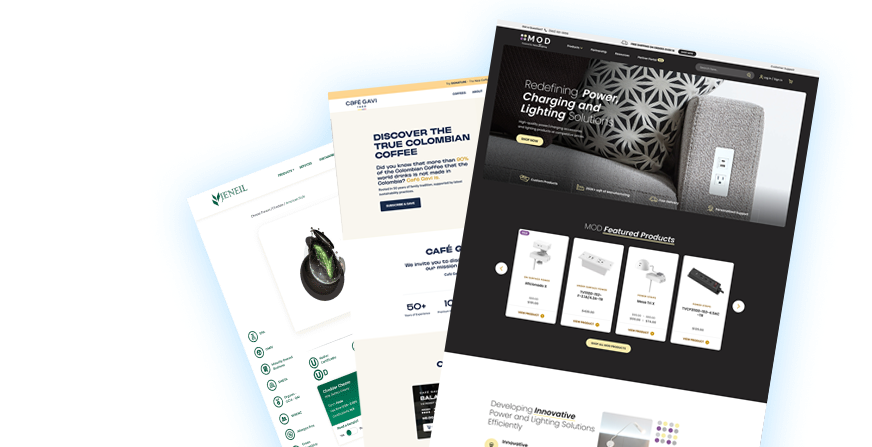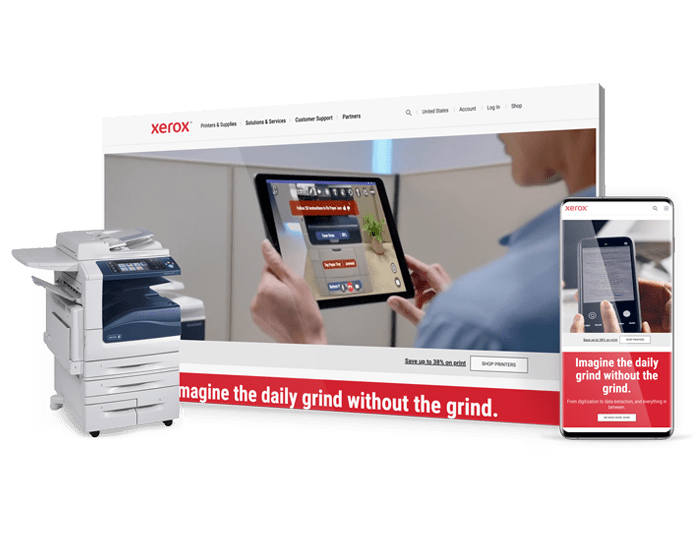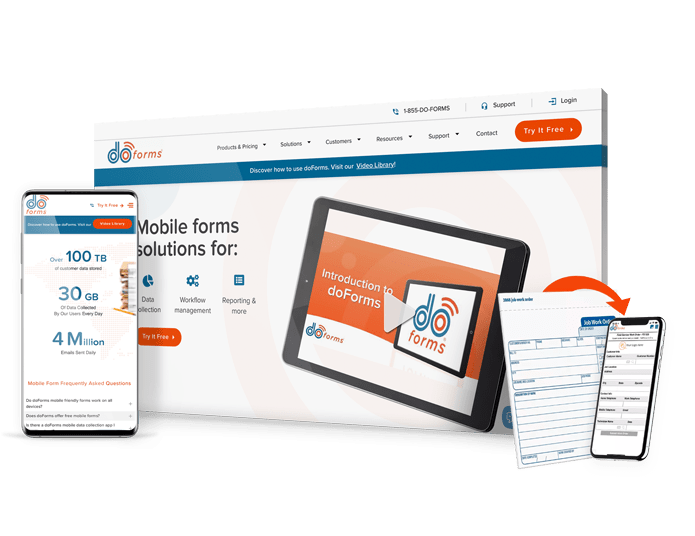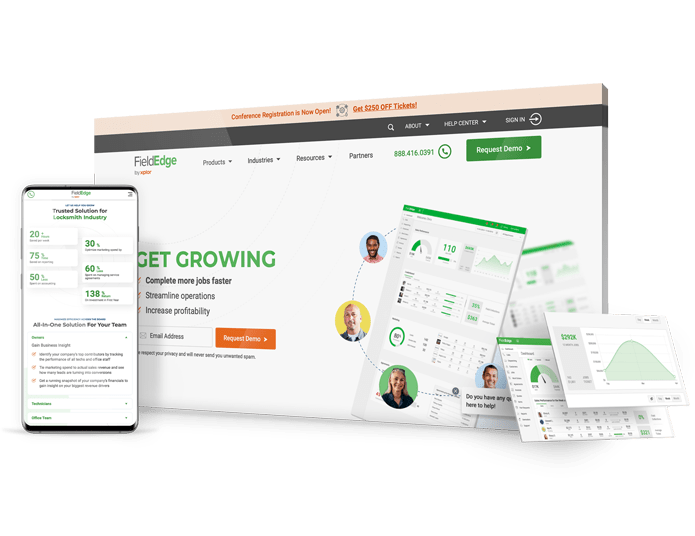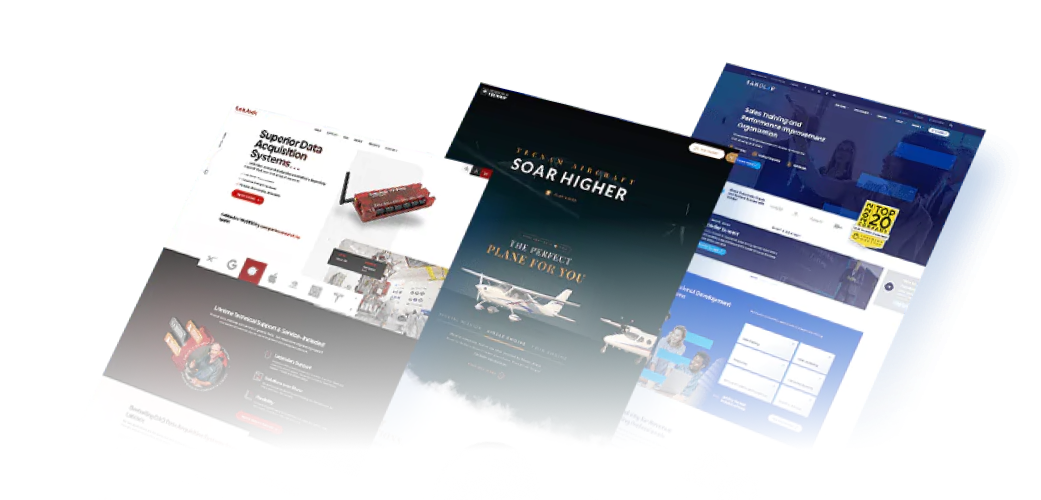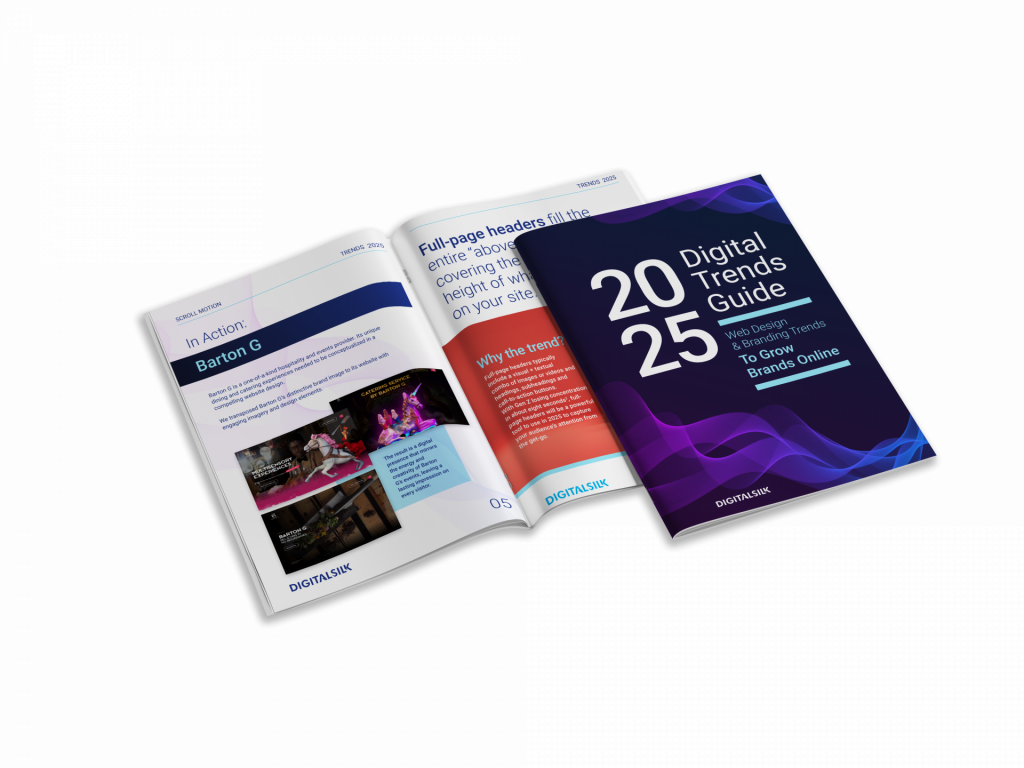Our Insights
Why Web Design Matters In New York City
The impact of high-quality websites on consumer behavior and opinions is undeniable. Increasing revenues. Building credibility. Creating consumer connectivity.
Web design is a key driver in achieving these goals for modern businesses across the globe.
But is this the same everywhere?
When taking New York out of a global context, what importance does web design hold? Let’s take a look.
The impact of high-quality websites on consumer behavior and opinions is undeniable.
Increasing revenues. Building credibility. Creating consumer connectivity.
Web design is a key driver in achieving these goals for modern businesses across the globe.
But is this the same everywhere?
When taking New York out of a global context, what importance does web design hold?
Let’s take a look.
5 Reasons Why Your Website Design Matters In New York City
Breaking the Big Apple is the holy grail for businesses worldwide.
For those attempting to achieve this feat, a superior web design in New York City is a crucial factor in potential success. Here are five reasons why:
1. New York City Is Competitive
American Express, Goldman Sachs, BlackRock, JPMorgan Chase, IBM and so on.
The list of global giants either founded or headquartered in New York is endless.
But it’s not just multinationals that you need to look out for. In fact, 98% of New York’s businesses operate with fewer than 100 employees.
Whether you're looking for an informational or eCommerce web design in NYC, your site needs to deliver a high-quality UX that stands out from the crowd.
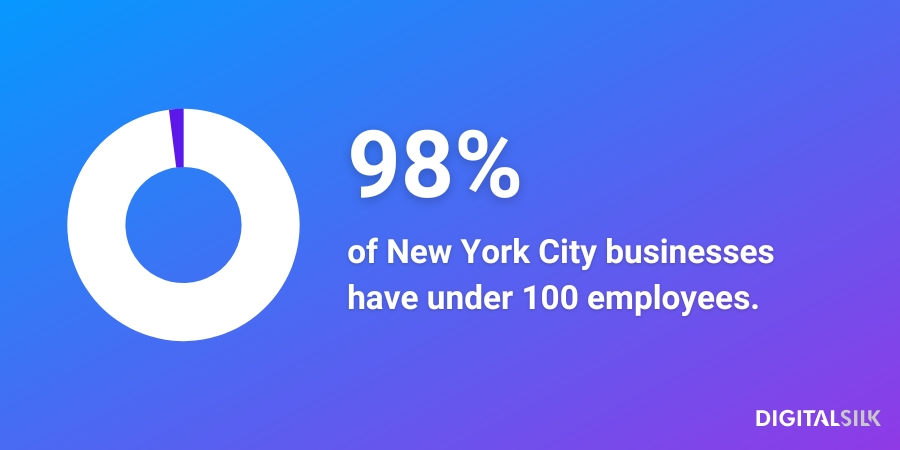
How can web design services help?
Hiring web design firms in New York can give your products and services a competitive edge, specifically via:
- Showing testimonials & reviews
- Highlighting unique value propositions (UVPs)
- Offering discounts & rewards
2. New York City Is Impatient
If you have ever visited New York City, you’ll have immediately noticed the urgency of the city.
Whether running to catching the subway, rushing to make a green traffic light or impatiently waiting in line for a coffee, New Yorkers are always in a rush.
In turn, the initial impression is especially important, as your New York web design needs to immediately grab a user’s attention before the look elsewhere.
How can web design services help?
Using the services of a web design company in New York can drastically improve your website’s first impression. Here’s how:
- Reducing loading speeds to limit bounce rates
- Using clear typography that grabs the reader
- Creating eye-catching visuals and homepage designs
3. New York City Is Diverse
With a population of roughly 8.34 million people, NYC is one of the world’s largest and most diverse cities.
Within this diversity lies countless overlapping niches and potential target audiences.
Whether a boutique hotel owner, financial services provider or street-side restaurant owner, your New York City website design acts as the connector between you and your niche.
How can web design services help?
By creating consistency that targets a carefully selected audience, web design firms build digital platforms that convert. Here’s how:
- Connecting via messaging and tone-of-voice
- Utilizing data and feedback-driven decision making
- Following a goal-oriented digital strategy
4. New York City Is Expectant
Expectations are high in the city that is home to Time Square, the Yankees and pizza by the slice.
When journeying through a New York web design, visitors expect a seamless journey, easy-to-access information and on-hand support.
How can web design services help?
By effectively meeting user intentions, your website can meet these customer expectations and act as a beacon of quality customer services for your company.
Here’s how website design companies in New York can help:
- Adding chatbot functionalities
- Creating a seamless navigation and layout
- Speaking with clear CTAs that convert
5. New York City Is Digital
Long at the forefront of progression and modernity, NYC is a city that lives online.
Whether finding your website through a Google search or visiting via multiple devices, your site’s visibility and usability are essential in developing awareness and increasing revenues.
How can web design services help?
Web design specialists are experienced in creating conversion funnels that deliver across multiple channels. Here are some of the key drivers:
- Responsive, cross-device designs
- Mobile-first development services
- Search engine optimization and paid media
How To Create A Hit Web Design In New York City
Visual storytelling in website design refers to the process of encapsulating a desired narrative or message through a site’s user interface.
So, how can visual elements like animations, typography and design features take on a style that targets the Big Apple?
1. Incorporate NYC Themes Into Your Design
We all know that New Yorkers are particularly proud of their city. It's no wonder, considering NYC was ranked as the best city in the U.S. in 2023.
We also know that NYC is brimming with art deco architecture and designs.
By adding geometric motifs and industrial craft to mirror the city’s landscape, your web design can create a connection to the city’s residents through the visual story they live in their daily lives.
2. Focus On User Experience & Interactivity
Times Square, Madison Square Garden and the Empire State Building all engage and entertain their onlookers. These attractions are expected to help bring 69.6 million tourists to NYC in 2024 alone.
To captivate and attract your audience, your New York web design should do the same.
By combining meticulously planned user experience with creative, interactive design elements, your visual narrative can deliver the same allure of excitement that NYC brings to its visitors.
3. Optimize Your Design For Mobile Experience
There are 316.2 million smartphone users in the U.S. in 2024.
For your website to reach its full capacity in NYC, its visual storytelling must be optimized for mobile devices through mobile-first or responsive designs that offer high-quality, engaging experiences across screen sizes.
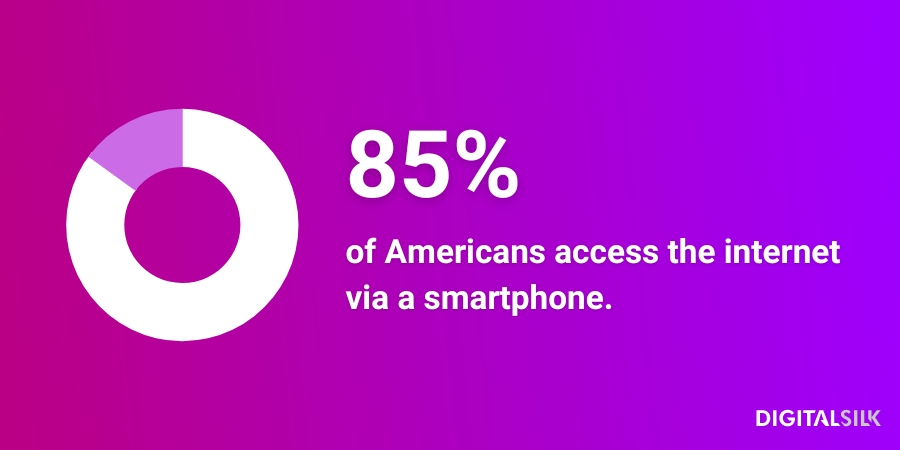
What To Look For When Hiring A Web Design Company In New York?
Finding the right agency for your project is no small feat, especially when there are so many options as in a city like New York.
So, here are some top signs to look for looking to hire the best web design company in New York:
- A localized portfolio: Search for local past projects on display to see the company's ability to tailor designs to New York audiences and preferences.
- Client testimonials and reviews: Use external feedback to check an agency's reputation, reliability and quality to gauge trustworthiness and relevance to your project requirements.
- End-to-end web design services: Find a web design firm that offers a full suite of services to minimize coordination efforts and ensure seamless delivery, from conception to launch and beyond.
- Expertise in your industry: Examine the agency's proficiency in your industry to understand how it can handle your requirements, target demographics and competitive dynamics.
- Project scalability: Discuss project scalability to see how the web design company will support future growth with its digital solutions.
Clear Your Targets With Our Web Design Company In NYC
At Digital Silk, we make decisions with targets in mind. From conversions to engagement, our website design services are built from deep-dive analyses and goal-oriented strategies.
Providing localized, yet scalable solutions, our award-winning designers are specialists in delivering, regardless of your company’s stage of size.
We offer a free consultation & custom proposal for our NYC website design projects, providing the opportunity to explain our processes, understand your website requirements and further discuss the project at hand.
To kickstart your journey, fill out the Request a Quote form, tell us about your goals and our experts will provide you with actionable insights and cost estimates.
Or, call us at (800) 206-9413 to start the conversation.





